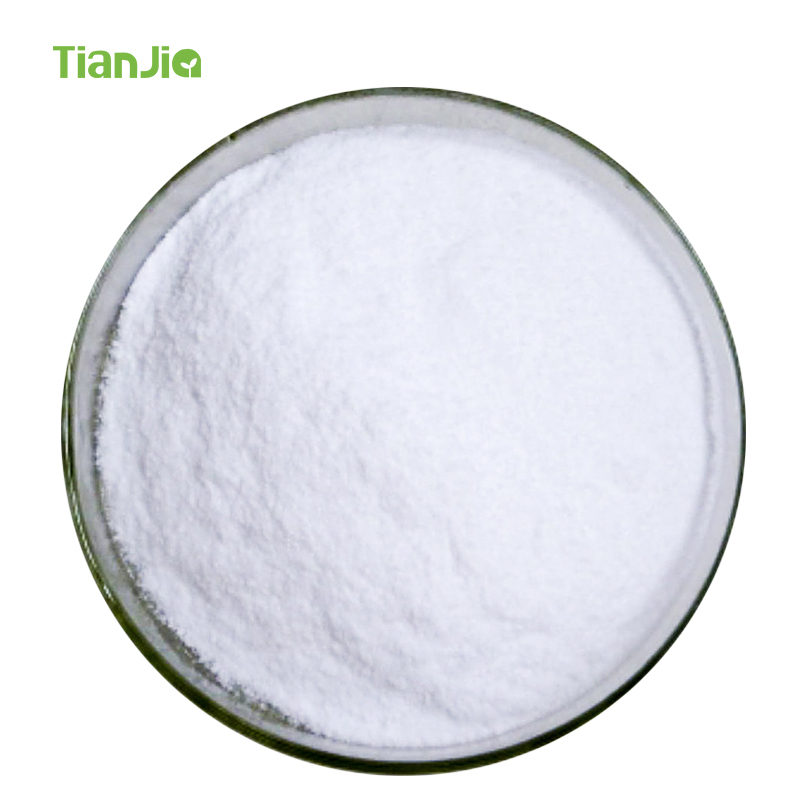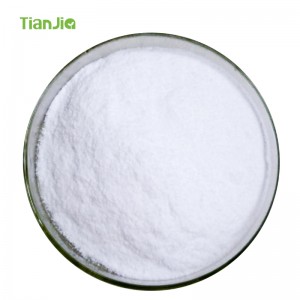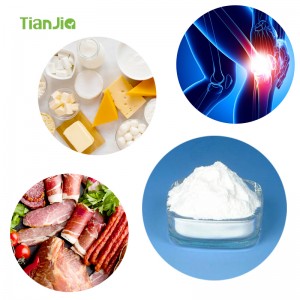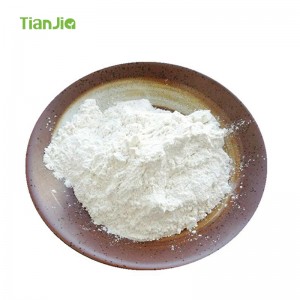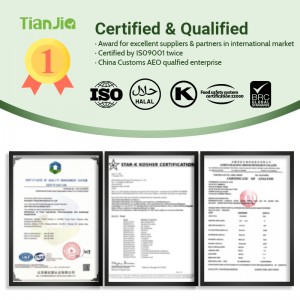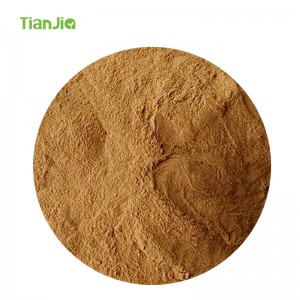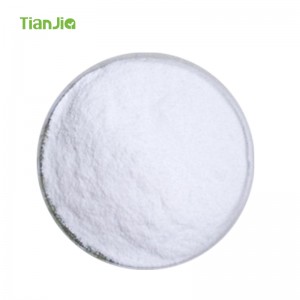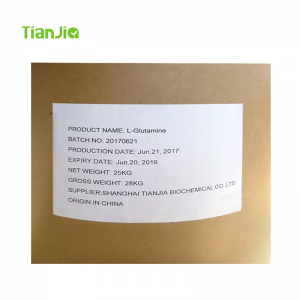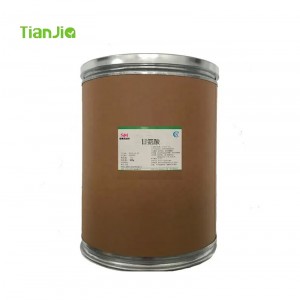TianJia Food Additive Manufacturer PROLINE
Proline (abbreviated as Pro or P), with the chemical formula C5H9NO2 and a molecular weight of 115.13, is a cyclic sub amino acid. α- Amino acids, neutral, with an isoelectric point of 6.30, have a greater solubility in water than any other amino acid, and can dissolve around 162g in 100g of water at 25 ℃. Easy to deliquescence but not easy to crystallize, with a sweet taste. Co heating with ninhydrin solution generates yellow compounds. Once entering the peptide chain, hydroxylation can occur, resulting in the formation of 4-hydroxyproline, which is an important component of animal collagen. Hydroxyproline is also present in various plant proteins, particularly related to the formation of cell walls. Plants often experience significant accumulation of proline under various adverse conditions such as drought, high temperature, low temperature, and salinity. Widely used in clinical, biomaterial, industrial, and other fields.
There are three forms of proline: DL proline, L-proline, and D-proline. The commonly referred to as proline is L-proline, a naturally occurring amino acid. At room temperature, this product is a columnar crystal. Quickly decompose when heated to 215-220 ℃. Soluble in hot water and ethanol. Slightly sweet and hygroscopic. Racemization in alkaline solution. [ α] D25-86.5 ° (water), -60.4 ° (5N hydrochloric acid). Distributed in various proteins. An amino acid with a moderate content in marine plankton; It also exists in seawater, particulate matter, and marine sediments.
Proline is a non essential amino acid in the human body.
Function and purpose
Application in the pharmaceutical industry
Amino acid drugs. One of the raw materials for compound amino acid infusion. Used for protein supplementation after malnutrition, protein deficiency, severe gastrointestinal diseases, burns, and surgical procedures. No obvious toxic side effects.
Intrabiological effects
In living organisms, proline is not only an ideal osmoregulation substance, but also serves as a protective substance for membranes and enzymes, as well as a free radical scavenger, thereby protecting plant growth under osmotic stress. For the accumulation of another important osmoregulation substance in vacuoles in potassium ion living organisms, proline can also play a regulatory role in cytoplasmic osmotic balance.
Industrial applications
In the synthesis industry, proline can participate in inducing asymmetric reactions and serve as a catalyst for hydrogenation, polymerization, and water mediated reactions. When used as a catalyst for such reactions, it has strong activity and good stereospecificity.
Applications in other fields
1. Proline and its derivatives are usually used as symmetric catalysts in organic reactions, with the reduction of CBS and the catalytic aldol condensation reaction of proline being prominent examples.
2. During brewing, protein is rich in proline bound to polyphenols, which can produce haze (turbidity).
3. Raw materials for the synthesis of gallstone ester inhibitors.
4. Flavoring agents, which react with sugar by co heating to form amino hydrogen groups, can produce substances with special fragrances.


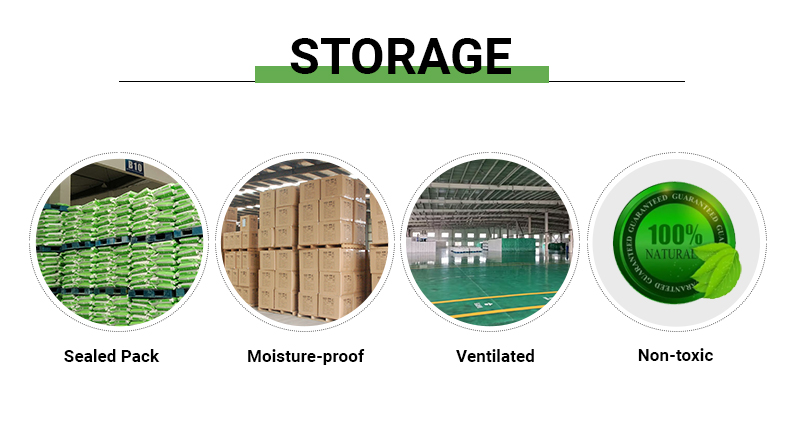
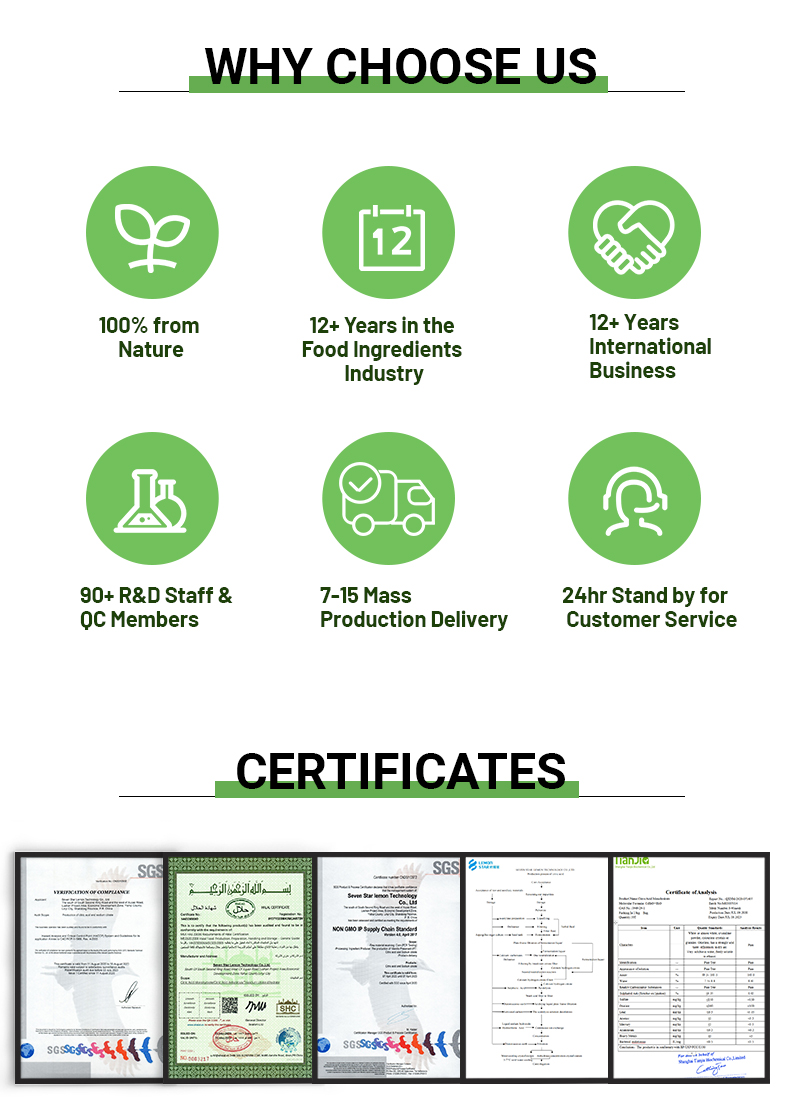

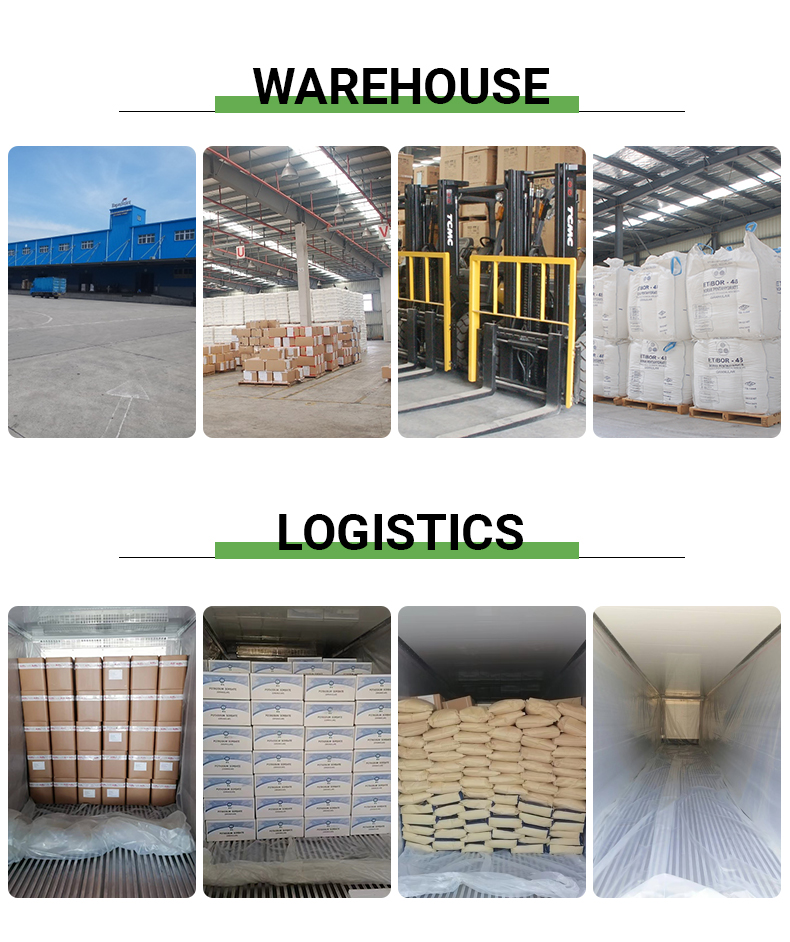



1.More than 10 years experience with ISO certified,
2.Factory of flavor and sweetener blending,Tianjia Own Brands,
3.Research on the Market Knowledge & trend follow up,
4.Timely Deliver & Stock Promotion on hot demanding products,
5.Reliable & Strictly follow the contract responsibility & after sales service,
6. Professional on International Logistic Service, Legalization documents & Third Party Inspection process.

